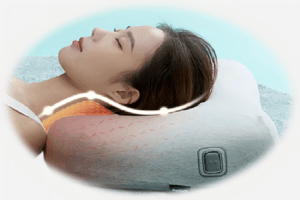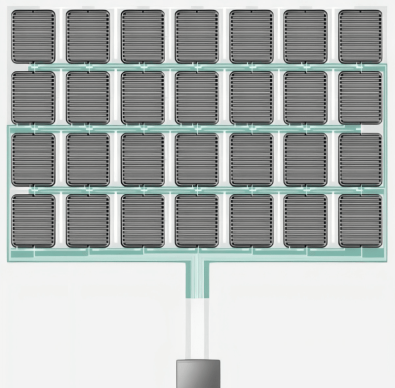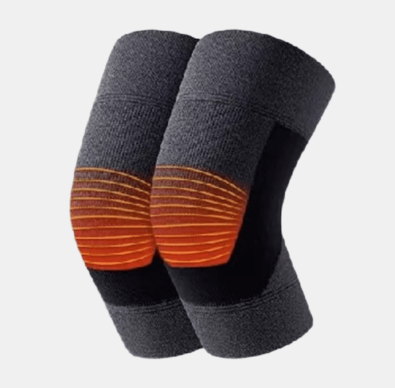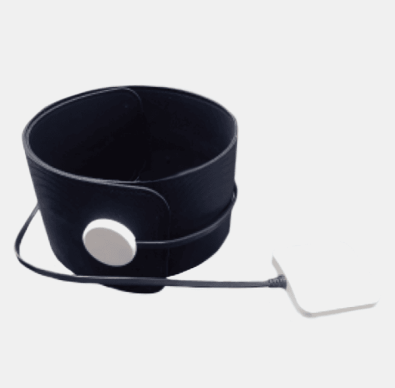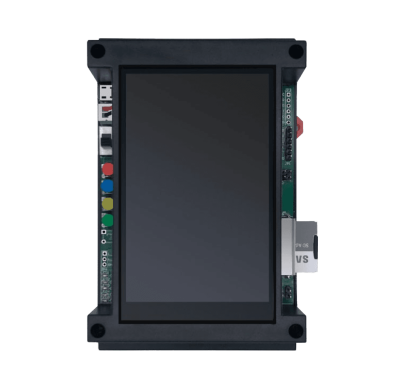Touch Focus Technology: The Marvels of Professional Photography
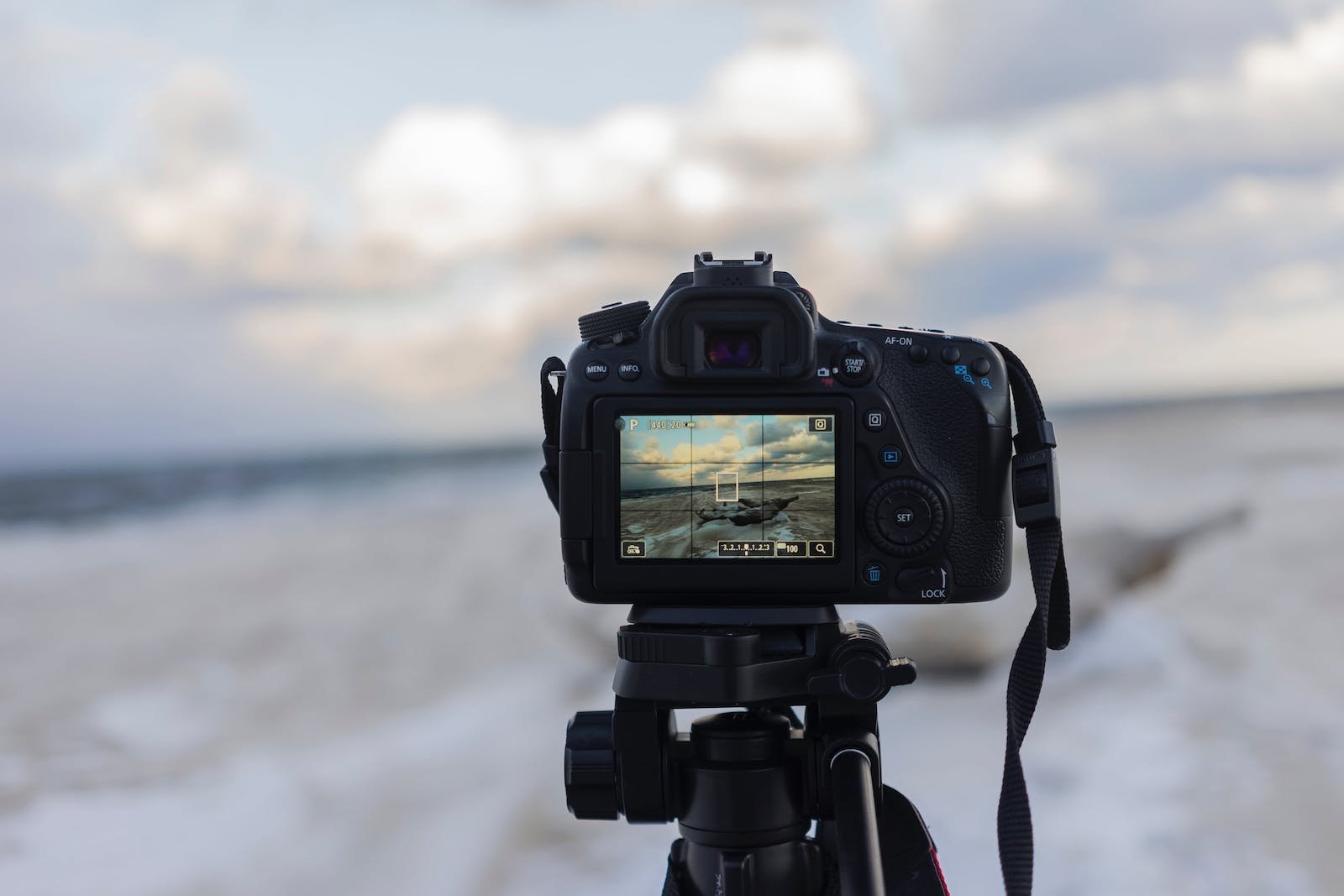
The Evolution of Focus Technology
Before touch focus became a reality, manual focus was the primary method employed by photographers. Adjusting the lens manually to achieve the desired focus required skill and practice.
However, with the advent of autofocus (AF) technology, cameras became capable of automatically adjusting the focus based on various factors, such as distance, contrast, and motion. This revolutionized the way we capture images, making it more accessible to amateur photographers and simplifying the process for professionals.
Introducing Touch Focus
How Touch Focus Works

The Role of Pressure Sensors in Touch Focus Devices
1. Precise Touch Detection
2. Focus Point Calibration
3. Improved User Experience
4. Adaptability to Touch Sensitivity
Practical Applications of Touch Focus
Portrait Photography

Macro Photography
Cinematic Videography
The Challenges and Limitations In Touch Focus Innovation
While touch focus technology has revolutionized photography and videography, it is essential to acknowledge its limitations. Factors such as screen responsiveness, accuracy, and compatibility with different devices can affect the user experience. Additionally, in low-light or challenging conditions, achieving precise focus may still require manual adjustments or the use of additional focus-assist tools.
As technology continues to advance, pressure sensors in touch focus devices are expected to evolve further. Innovations may include more advanced pressure detection algorithms, improved sensitivity ranges, and even the integration of multiple pressure sensors to enhance accuracy and precision. These advancements will contribute to the ongoing refinement and optimization of touch focus technology.
Flexniss: Your Number 1 Partner in Modern Pressure Sensors for Touch Focus Technology

As technology continues to advance, we can only anticipate further refinements and enhancements in touch focus capabilities, opening up new possibilities for visual storytelling and artistic expression.
So let’s help the world unlock new possibilities through better touch focus devices!
Get in touch with Flexniss for more information on product listings, pressure sensor customization, and more. Our company is a proud manufacturer of versatile, high quality pressure sensors that can power touch focus devices in so many levels. We will be happy to help you identify what pressure sensor you need and create customized flexible sensors for the particular function you are striving to create. Connect with us today!
